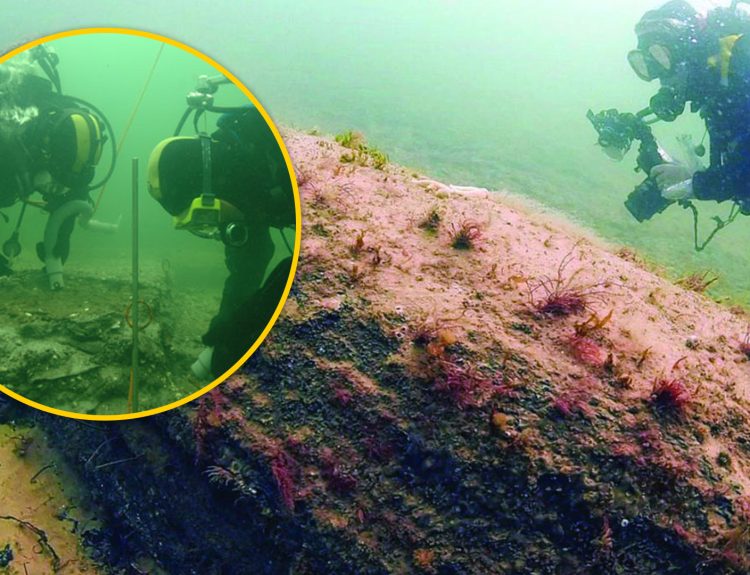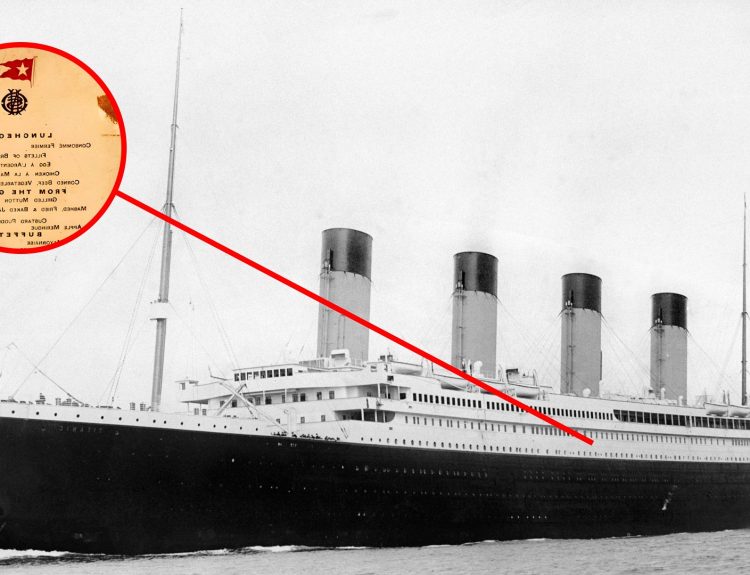Sadly, the contributions of Native Americans have often gone unrecognized, yet they have had a significant impact on our world. Let’s do what we can to shine a spotlight on the common objects that have their roots in the cultures of the indigenous people of North America.
In this collection of articles, we will pay homage to some of the amazing items invented by Native American cultures thousands of years ago that we still use to this day. Here are 13 of these inventions.
Kayaks
Indigenous people of the northern parts of North America used kayaks as a form of transportation, according to Gaetana DeGenaro, an American Indian specialist with the Smithsonian National Museum. These boats, which DeGennaro describes as “very sleek in design and easy to maneuver,” were used to collect food and travel.

Kayaks were built using wood or long animal bones wrapped in the skins of aquatic animals, such as seals. Kayaks built today use much different materials, however the shape and design are virtually unchanged.
Corn
Corn is the first genetically modified food crop and a staple of Native American culture. But the corn we know today looked much different 10,000 years ago. As DeGennaro explains, “Everybody knows about corn, but they don’t know that it’s a food that wouldn’t exist without human intervention.”
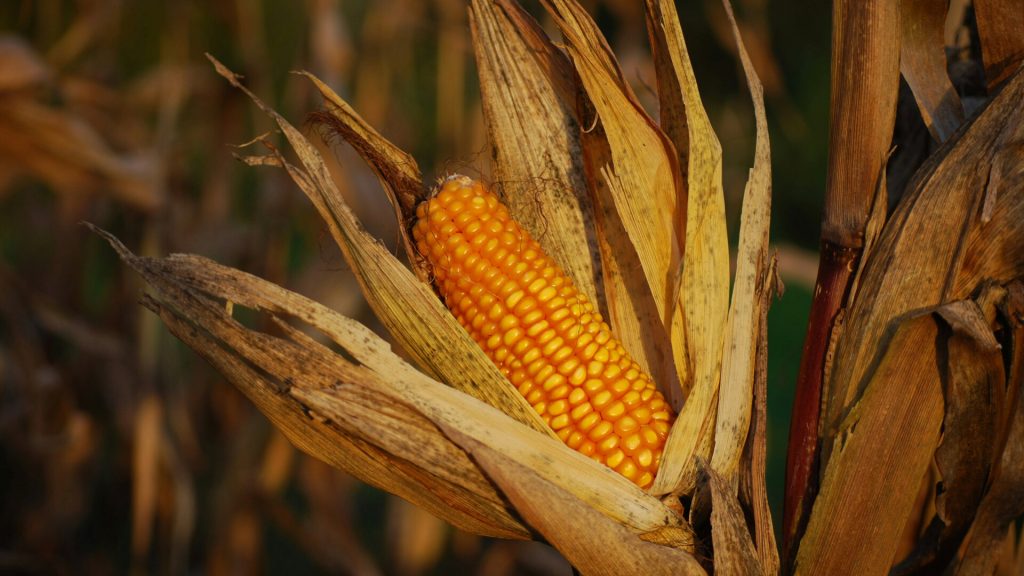
Using a wild grass called “teosinthe,” farmers in southern Mexico selectively bred the grain to make the ears larger and the kennel palatable. Corn spread across the Western Hemisphere and was an important crop for North Americans.
Snow Goggles
The Inuit and Yupik tribes living in what is now Alaska developed the first snow goggles. Crafted from walrus ivory, whale bones, or driftwood, the goggles filtered out the harsh UV rays reflecting off the snow and ice, which could cause snow blindness.
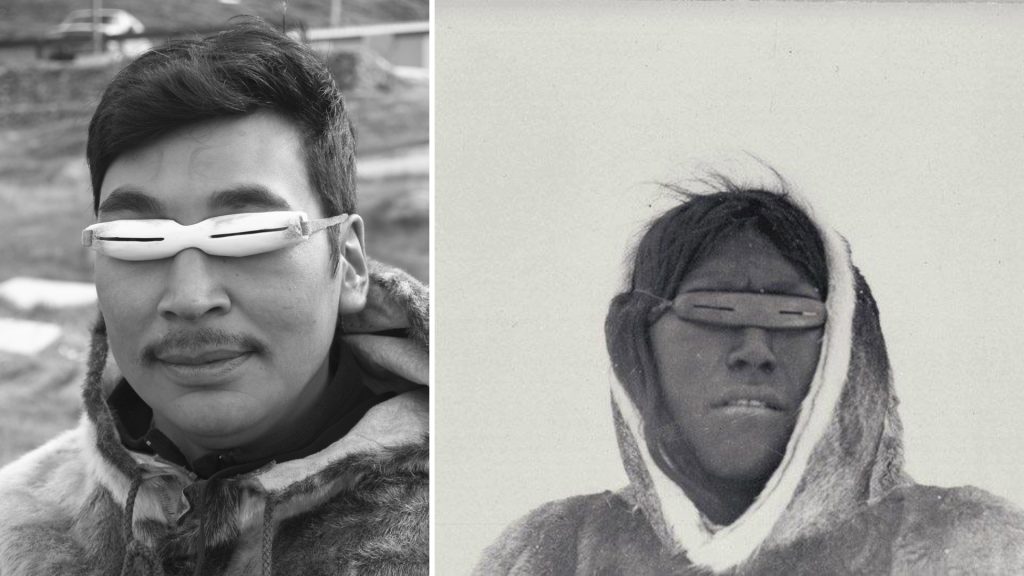
DeGennaro explained, “They would fit snugly across your eyes, and they would have slits and these slits would reduce the amount of glare coming into your eyes.” She added, “I would say that the snow goggles are the predecessor of today’s sunglasses.”
Baby Bottles
According to Iroquois historian Arthur C. Parker, the Iroquois and Seneca tribes developed a way to feed infants when their mothers could not nurse them for whatever reason. The first baby bottles were made from the stomachs of large animals, like buffalo or bears.

The stomachs were dried and well-greased with fat to make them supple. A bird’s quill was attached to this to form a nipple. The infant could suckle the makeshift baby bottle during feeding times.
Raised-Bed Gardens
In their book, The Encyclopedia of American Indian Contributions to the World, authors Emory Dean Keoke and Kay Marie Porterfield explained that raised-bed gardens were a farming technique first used by the indigenous people of Central America.

They built boxes to hold enriched soil in places where the soil was poor, or the land was swampy. This gave them a manmade plot of fertile land on which to grow their crops.
Lacrosse
As DeGennaro explained, lacrosse was a game created by the Haudenosaunee people of upstate New York. It is the oldest team sport in the Americas. It wasn’t all fun and games. According to DeGennaro, the Native Americans “would play this game to resolve the disputes instead of warring.”

Originally, lacrosse players used wooden sticks and balls made of deerskin balls. The rules, however, were quite different compared to today. DeGennaro noted that there were no field boundaries, no limit to the number of players per team, and no set time limit for play.
Pain Meds
As Keoke and Porterfield outlined in their book, Native American healers used natural plants to alleviate pain. One of them was Datura stramonium, commonly called jimson weed. The roots of this plant were used to treat cuts and bruises.
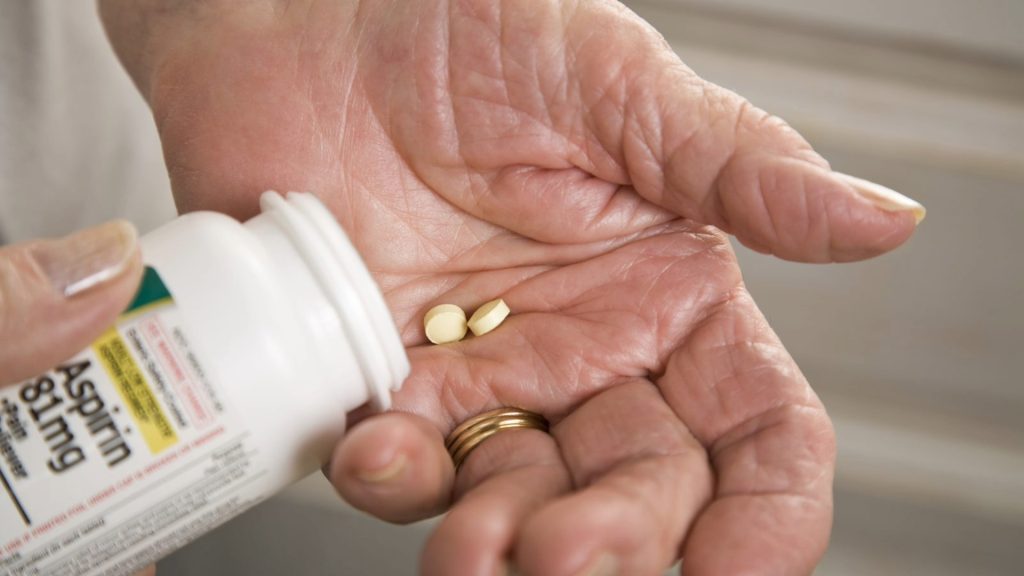
Native Americans also made tea from willow, or Salix nigra, to make use of the salicin – the active ingredient in aspirin – in the plant. DeGennaro added that Native American cultures also discovered the healing properties of capsaicin, a chemical found in hot peppers.
Hammocks
According to DeGennaro, the word “hammock” comes from “hamaka,” a native Arawak word. The native people of Central America and the Caribbean islands used hammocks for thousands of years.

In his journal, explorer Christopher Columbus wrote that the native islanders laid on a “net of cotton” hung between two trees. As DeGennaro noted, sleeping in hammocks kept people cool on hot nights and kept them safe from snakes.
Sunscreen
Many Native American cultures protected their skin from the harsh rays of the sun by mixing sunflower oil, aloe sap, and wallflower into a lotion that was applied to the skin. It helped to keep skin hydrated and filtered out the harmful UV rays.
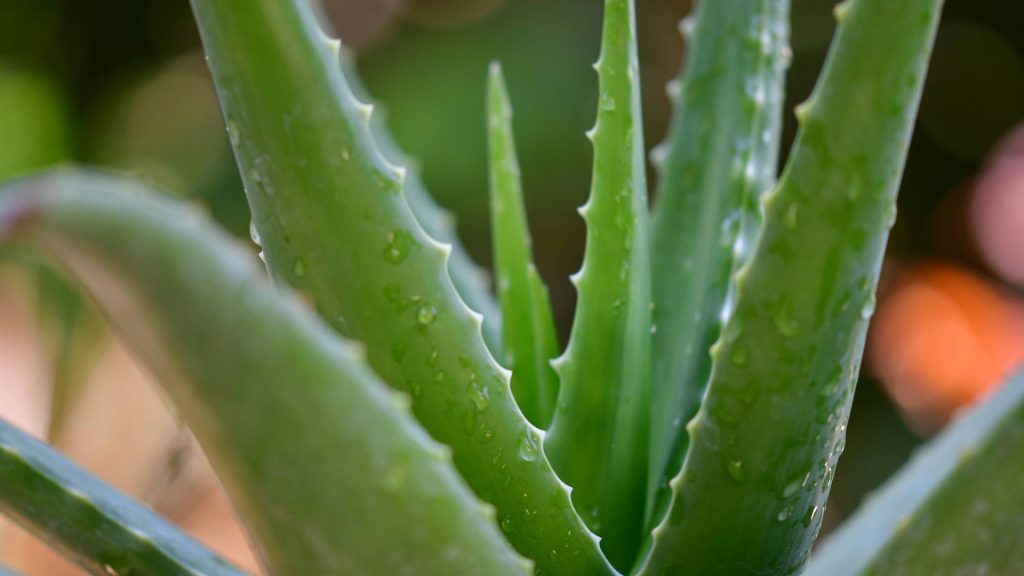
It is interesting to note that Native American people used aloe as a sunscreen for hundreds of years before the skin care and cosmetic industries discovered the virtues of this plant.
Rubber
Rubber was a material that Native American people developed from the sap of rubber trees. While it was first invented by Native Americans, DeGennaro explained that it was improved upon by Europeans.

Charles Goodyear’s vulcanization process made rubber more functional. She added, “Now, rubber is used all over the world.”
Suspension Bridges
The indigenous Incan people of the Andes Mountains made areas of their territory more accessible by erecting suspension bridges. They wove together native plants and grasses, adding in the hair of llamas and alpacas, to form a strong, durable material for their bridge designs.

The suspension bridges crossed high expanses and, as DeGennaro noted, could span a 100-foot-gap. You might think that grass and llama hair are flimsy building materials, but the suspension bridges could hold heavy loads. She said, “When the Spaniards came, they brought their horses and ammunition across those bridges.”
Syringes
In the 1850s, Scottish physician Alexander Wood created a syringe to inject morphine into patients. While he is often credited with inventing the syringe, in reality, Native American healers were using these long before Wood came along.

The Native American syringes were made using animal bladders with a hollow bird bone, filed to a point, to piece the patient’s skin. Traditional healers used this type of syringe to inject their patients with medicine.
Mouthwash
Numerous Native American tribes in the northeastern part of North America kept their breath fresh using mouthwash. Rather than mint, as you might expect, the indigenous people made a rinse using a wildflower called Coptis trifolia, or goldthread.

In addition to freshening the user’s breath, the goldthread mouthwash could reduce toothaches and oral pain. It even prevented and treated infection.




